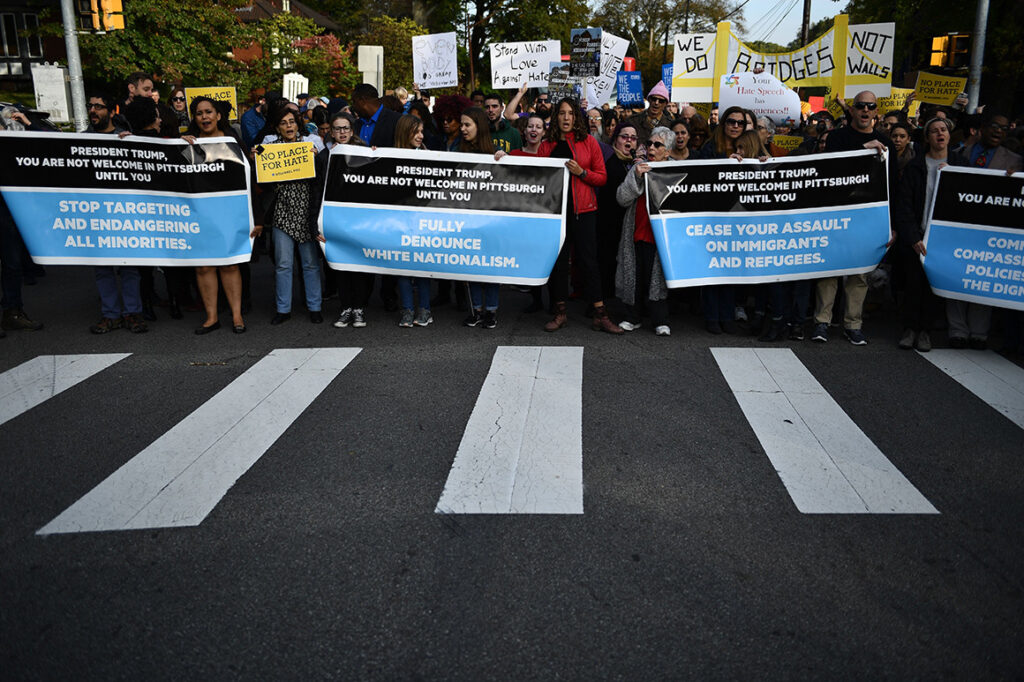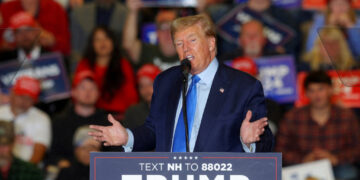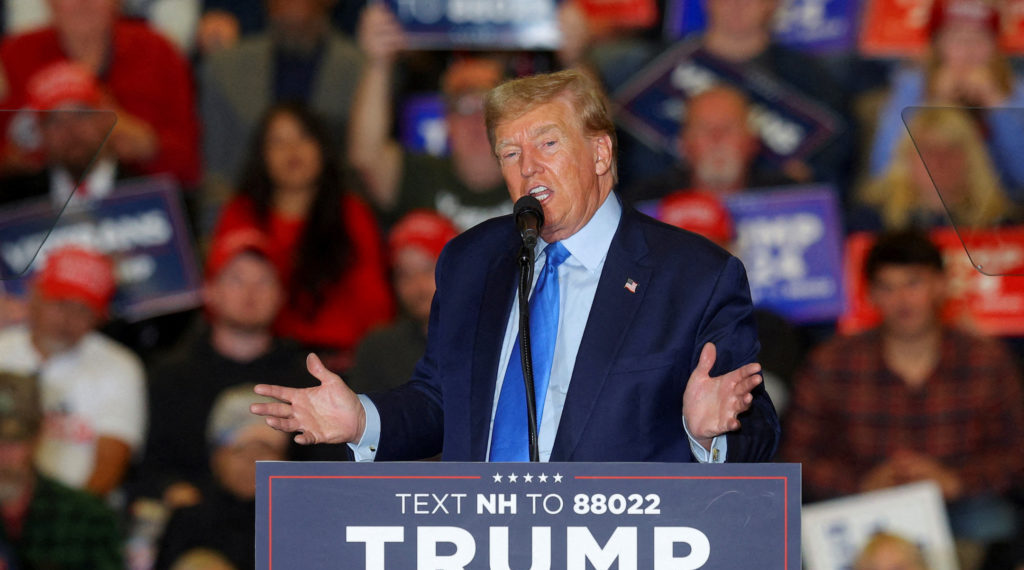Republican Utah Gov. Spencer Cox recently urged Americans to stop exploiting the assassination of Charlie Kirk for partisan attacks. But that call for restraint has gone largely unheard. Former President Donald Trump and his MAGA allies continue to claim the tragedy proves that political violence is overwhelmingly a problem of the left.
“When you look at the problems, the problem is on the left. It’s not on the right,” Trump told reporters on Sunday. Vice President JD Vance doubled down the following day, calling left-wing activists the “lunatics in American politics today.”
While investigators continue to piece together the suspect’s motivations — with some evidence suggesting links to the political left — Trump’s narrative is far from the whole story. By cherry-picking examples and ignoring others, he paints a misleading picture. Even more glaring: his own history of inflammatory rhetoric.
Violence Cuts Across the Political Spectrum
Contrary to Trump’s claims, political violence is not the exclusive domain of the left. In fact, recent years have witnessed attacks and plots targeting Democrats and Republicans alike:
- Minnesota State Lawmakers: In June, two Democratic lawmakers were shot, one fatally.
- Gov. Josh Shapiro: An arson attempt targeted the Pennsylvania governor’s home in April.
- New Mexico Shootings: In late 2022, a failed GOP candidate paid gunmen to fire at Democratic officials’ homes.
- Paul Pelosi Attack: The husband of then-Speaker Nancy Pelosi was brutally beaten with a hammer in 2022.
- Gov. Gretchen Whitmer Plot: In 2020, extremists plotted to kidnap the Michigan governor.
- January 6, 2021: Trump supporters stormed the U.S. Capitol to overturn the election results.
Each of these incidents shows that violence has emerged from across the political spectrum. Yet, Trump and his allies consistently downplay or deflect responsibility when such acts come from the right.
Notably, when asked about the assassination of former Minnesota House Speaker Melissa Hortman earlier this year, Trump admitted he was “not familiar” with the case — a telling example of selective memory.

Trump’s Rhetoric: A Glass House of Violent Talk
Trump and his supporters insist that left-wing rhetoric — including comparisons to fascism or Nazism — fuels violence. But Trump himself has used the very same language and often gone further.
- In 2017, he compared U.S. intelligence agencies to “Nazi Germany.”
- In 2024, he accused Democrats of running a “Gestapo administration.”
- For years, he has labeled opponents as “fascists.”
Even more troubling is Trump’s repeated flirtation with violent imagery:
- Joked about Liz Cheney being shot.
- Suggested “Second Amendment people” could stop Hillary Clinton from appointing judges.
- Shared a video declaring, “The only good Democrat is a dead Democrat.”
- Encouraged the idea of his supporters physically fighting for him.
- Celebrated when his backers surrounded a Biden campaign bus, posting, “I LOVE TEXAS!”
- Praised Rep. Greg Gianforte for assaulting a reporter.
And when Paul Pelosi was attacked in his home, Trump turned the incident into a punchline — mocking Pelosi’s security and making light of the brutal assault.
This casual approach to violence is not new. During his 2016 campaign, fellow Republicans like Marco Rubio, Ted Cruz, Nikki Haley, and Rick Perry warned that Trump’s language risked inciting unrest. After January 6, several GOP senators openly held him responsible for fueling the insurrection.
Drawing a Distorted Line Between “Good” and “Bad” Violence
Trump now seems less concerned with condemning violence outright than with defining which violence he views as “righteous.” Speaking on Fox News last Friday, he claimed right-wing radicals are motivated by a desire to stop crime — while branding the left as “vicious” and “horrible.”
In effect, he framed violence from his supporters as more legitimate, even justified.
But as Gov. Cox cautioned, political violence metastasizes when each side excuses its own and condemns only the other. Without an “off ramp,” he warned, the cycle will only escalate.
The Bigger Picture
The reality is clear: political violence in America cannot be blamed solely on one side. Tragedies like the Kirk assassination, the Pelosi attack, or January 6 should remind us of the dangers of overheated rhetoric — from left and right alike.
Yet Trump’s approach has been to highlight attacks on conservatives while downplaying or mocking violence against opponents, all while continuing to use language that normalizes aggression.
If leaders truly want to stop political violence, the solution isn’t selective outrage — it’s consistency. Until both sides, Trump included, acknowledge their role in fueling division, America risks seeing more of the same.
















